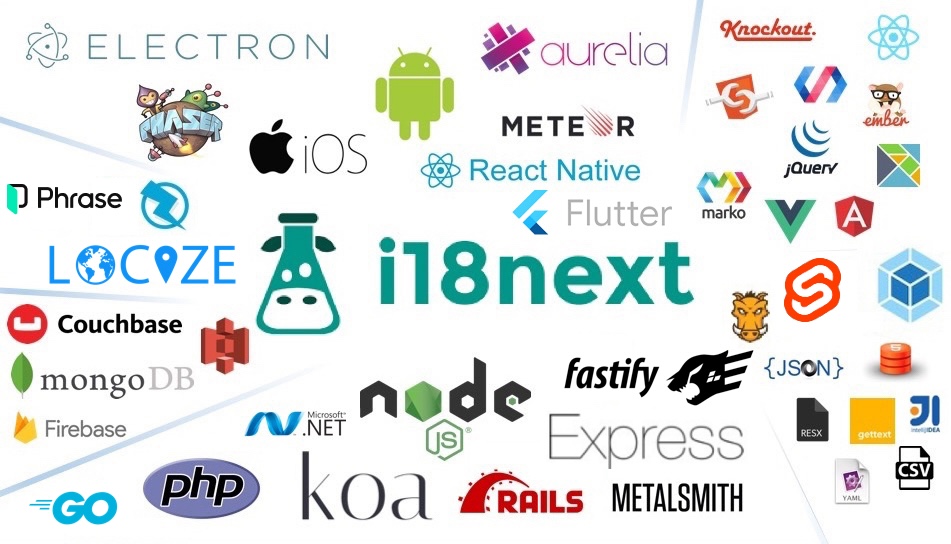Translation Management
- react-i18next:
react-i18next provides a powerful translation management system that supports features like namespaces, dynamic loading of translations, and fallback languages. It allows for easy organization of translation files and supports multiple formats, making it suitable for complex applications.
- react-intl:
react-intl offers a structured approach to translation management, leveraging the ICU message format for defining translations. This allows for advanced features like pluralization and gender-specific translations, making it ideal for applications with diverse linguistic requirements.
- @lingui/macro:
@lingui/macro simplifies translation management by allowing developers to use macros that automatically extract strings for translation during the build process. This reduces the manual effort required to manage translation keys and ensures that all translatable strings are accounted for.
Performance
- react-i18next:
react-i18next is optimized for performance with features like lazy loading of translation files and caching mechanisms. It minimizes the impact on rendering performance by loading only the necessary translations when required, ensuring a smooth user experience even in large applications.
- react-intl:
react-intl has a moderate performance overhead due to its reliance on the ECMAScript Internationalization API. However, it provides efficient formatting functions that can be cached, which helps mitigate performance issues in applications with heavy localization needs.
- @lingui/macro:
@lingui/macro is designed to be lightweight and efficient, with minimal runtime overhead. Since it relies on compile-time extraction of translation keys, it avoids the performance costs associated with runtime translation lookups, making it a good choice for performance-sensitive applications.
Learning Curve
- react-i18next:
react-i18next has a moderate learning curve due to its extensive feature set and configuration options. While it offers a lot of flexibility, developers may need to invest time in understanding its API and best practices to fully leverage its capabilities.
- react-intl:
react-intl has a steeper learning curve compared to the other two libraries, primarily due to its reliance on the ICU message format and the ECMAScript Internationalization API. Developers may need to familiarize themselves with these concepts to effectively use the library, especially for complex localization scenarios.
- @lingui/macro:
@lingui/macro has a gentle learning curve, especially for developers familiar with Babel and modern JavaScript. Its macro-based approach allows for easy integration into existing projects without a steep learning curve, making it accessible for newcomers to i18n.
Extensibility
- react-i18next:
react-i18next offers extensive extensibility through its plugin system, enabling developers to add custom functionalities like backend services for translation management or middleware for handling translations in different contexts. This makes it adaptable to various project requirements.
- react-intl:
react-intl is extensible through its API, allowing developers to create custom formatting components and utilities. However, its extensibility is more focused on localization features rather than translation management, making it less flexible in that regard compared to the other libraries.
- @lingui/macro:
@lingui/macro is highly extensible, allowing developers to create custom macros and plugins to suit their specific needs. This flexibility makes it suitable for projects that require tailored solutions for unique translation workflows.
Community and Support
- react-i18next:
react-i18next boasts a large community and extensive documentation, making it easy to find resources, tutorials, and support. Its popularity ensures that developers can access a wealth of knowledge and examples to aid in implementation.
- react-intl:
react-intl is part of the FormatJS ecosystem, which has a strong community and comprehensive documentation. It is widely used in the React ecosystem, providing ample resources and community support for developers.
- @lingui/macro:
@lingui/macro has a growing community with increasing adoption, but it may not have as extensive resources and support as more established libraries. However, its documentation is clear and helpful for getting started and troubleshooting.





